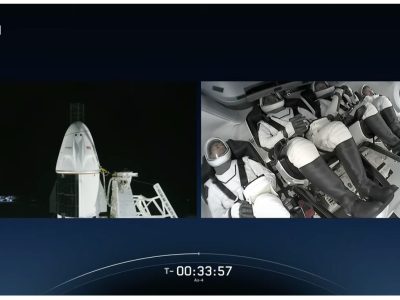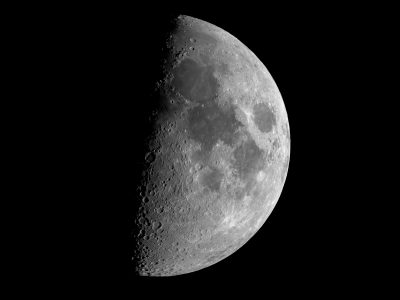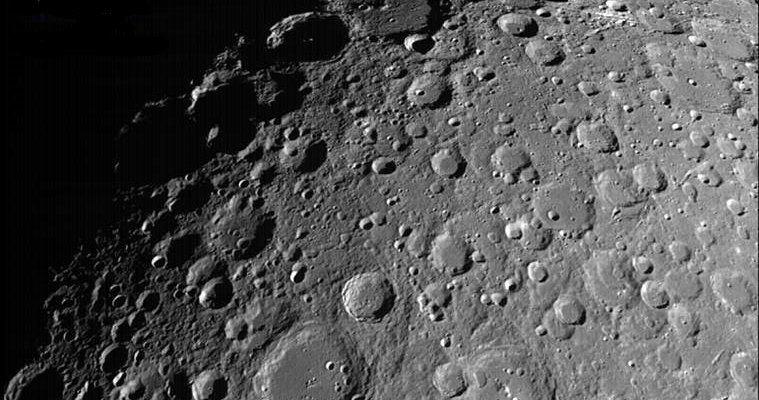
Get ready to witness India’s third lunar expedition with Chandrayaan – 3 aiming to touch down the unexplored regions of the Moon!
It is an undeniable fact that the entire nation of India is in much anticipation and excitement for an event of national importance. An event that, despite the shortcomings it had faced, has once again built itself up with strong competence and an even stronger purpose.
Yes, we are talking about the much-awaited ISRO’s Chandrayaan – 3 mission that will be launched in a mere few days! Set to be launched on July 14th, 2023, Chandrayaan – 3 is aiming to pioneer soft-landing on the south pole of the Moon, thereby revamping the future of interplanetary missions!
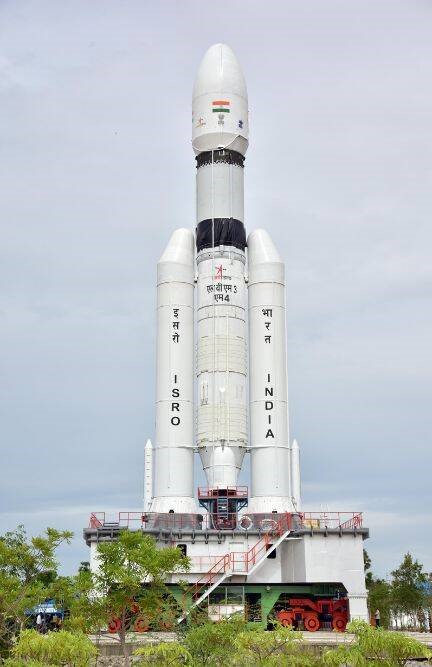
Chandrayaan – 3 is the follow-on mission to Chandrayaan – 2, which was launched by ISRO on July 22nd, 2019. However, after reaching the lunar orbit, the lander of Chandrayaan – 2, Vikram, lost contact with ISRO at about 2 km from the lunar surface. Despite the unfortunate circumstances faced by the Chandrayaan – 2 mission, ISRO has been relentlessly working to ensure that the next lunar mission, Chandrayaan – 3, is prepared to overcome the challenges that took down Chandrayaan – 2.
That being said, the specific goals set for the Chandrayaan – 3 mission hint that the success of the mission will be the onset of new scientific and technological advancements in the Indian space exploration realm.
Let’s now look into the major objectives set by the Chandrayaan – 3 mission:
- Soft lunar touchdown
Demonstrating a soft landing on the lunar surface is one of the key objectives for Chandrayaan – 3, mainly because it was also a significant agenda for the previous Chandrayaan – 2 mission that was unsuccessful in achieving the soft landing.
Carrying out a safe and soft landing on the Moon is a crucial aspect in the success of lunar exploration missions, mainly to ensure that there is no damage to the payloads that resides within the lander and rover modules. With its lander, rover, and propulsion module, Chandrayaan – 3 is set to demonstrate a soft landing on the lunar surface, opening new doors to the future of space exploration missions.
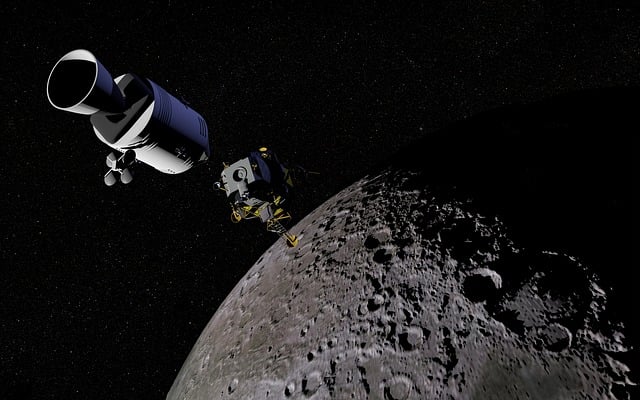
- Lunar Safari – Roving on the Moon
Imagine roving through the rough grey terrains of the Moon, all while studying the features of the lunar surface and geography along the ride! Because that’s exactly what the rover of Chandrayaan – 3 is set to do on the Moon: Chandrayaan – 3 targets roving on the lunar surface and investigating the unexplored regions of the Moon, particularly the south pole of the Moon. The specific geography and morphology of the lunar surface in these regions would give insights into the possible presence of water and mineral stocks, which was first suspected during the endeavour of the Chandrayaan – 1 mission.
More importantly, such lunar space missions give insights into the history and evolution of celestial objects and the Earth itself! By analysing the lunar geological features, information about the formation and evolution of Moon systems and rocky planets can be understood.
- Scientific experiments on the lunar surface
The Science Payloads of Chandrayaan – 3 are designed to perform various experiments and observations, like measuring the thermo-physical properties, observing the seismic variations on the landing site, and measuring the plasma density of the lunar surface. The Rover Payloads will also enable the study of the elemental composition of the lunar surface.

Image Credits: ISRO
Chandrayaan – 3 will be launched from Satish Dhawan Space Center (SDSC) SHAR, Sriharikota, and will be carried by LVM3, a three-stage medium-lift launch vehicle. Chandrayaan – 3 will then be placed at an orbit of about 170 x 36500 km by the launch vehicle. According to ISRO, the mission is separated into a total of 10 phases, starting from the Pre-launch Phase (Earth Centric Phase) to the final Moon Centric Normal Orbit Phase (100 km from the circular orbit).
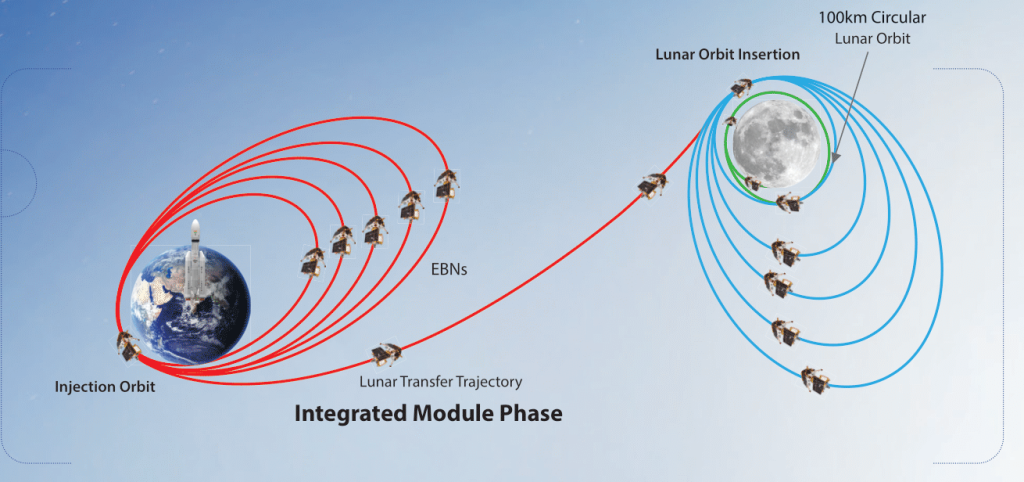
The Propulsion Module carries the Lander and Rover Module till the final circular orbit 100 km from the surface of the Moon. The lander, containing the rover, will then be separated from the Propulsion Module, enabling a soft landing on the landing site.
Configuration of Chandrayaan – 3:
Chandrayaan – 3 boasts an indigenous lander and rover configuration, which will be carried by its propulsion module. The lander will carry out the soft landing on the lunar landing site, and the rover will be deployed by the lander to conduct in-situ scientific analysis on the lunar surface. Unlike Chandrayaan – 2, there will not be an orbiter in Chandrayaan – 3. However, the orbiter of Chandrayaan – 2, which is still functioning in orbit, will act as a communications relay backup for the mission. The specifications of the lander, rover and propulsion module are given below:
Lander:

With a total mass of 1,752 kilograms, which includes the rover, the lander of Chandrayaan – 3 is built for a robust lunar mission. Generating 738 watts of power, the lander ensures ample energy for its operations. Communication is facilitated through IDSN, Ch-2 Orbiter, and the Rover, enabling seamless coordination. The lander’s mission life spans one lunar day, equivalent to 14 Earth days, providing a limited but focused window for exploration and scientific endeavours on the Moon.
Rover:
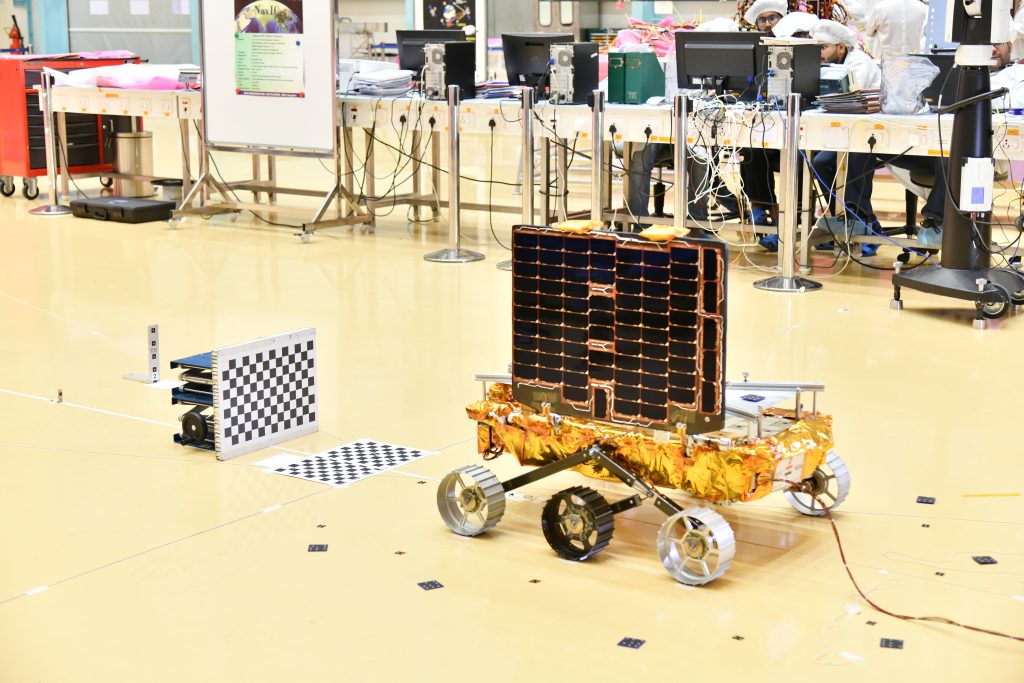
The rover of Chandrayaan – 3 is a compact and lightweight rover designed for lunar exploration, weighing only 26 kilograms. It has a power generation capacity of 50 watts, ensuring efficient operation during its mission. The rover communicates with the lander and has a mission life of one lunar day, just like that of the lander.
Propulsion Module:
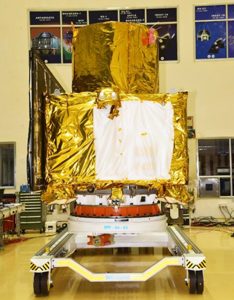
The Propulsion Module weighs 2,148 kilograms and generates 758 watts of power. It has a mission life of about 3-6 months, and communication is facilitated through IDSN, enabling reliable data transmission and control throughout the mission.
The key function of the Propulsion Module is to carry the lander and rover from injection orbit till the lander module gets separated from the Propulsion Module.
Chandrayaan – 3: India’s Lunar Lab
In order to gain a comprehensive understanding of the lunar environment, several scientific investigations on the lunar surface and environment will be conducted by Chandrayaan – 3. These include studying the lunar temperature effects, examining the impact of solar winds on the Moon, exploring moonquakes occurring on the landing surface, and understanding the field of lunar chemistry. By conducting these studies, researchers aim to uncover valuable insights and expand our knowledge about the lunar landscape and its complex dynamics.
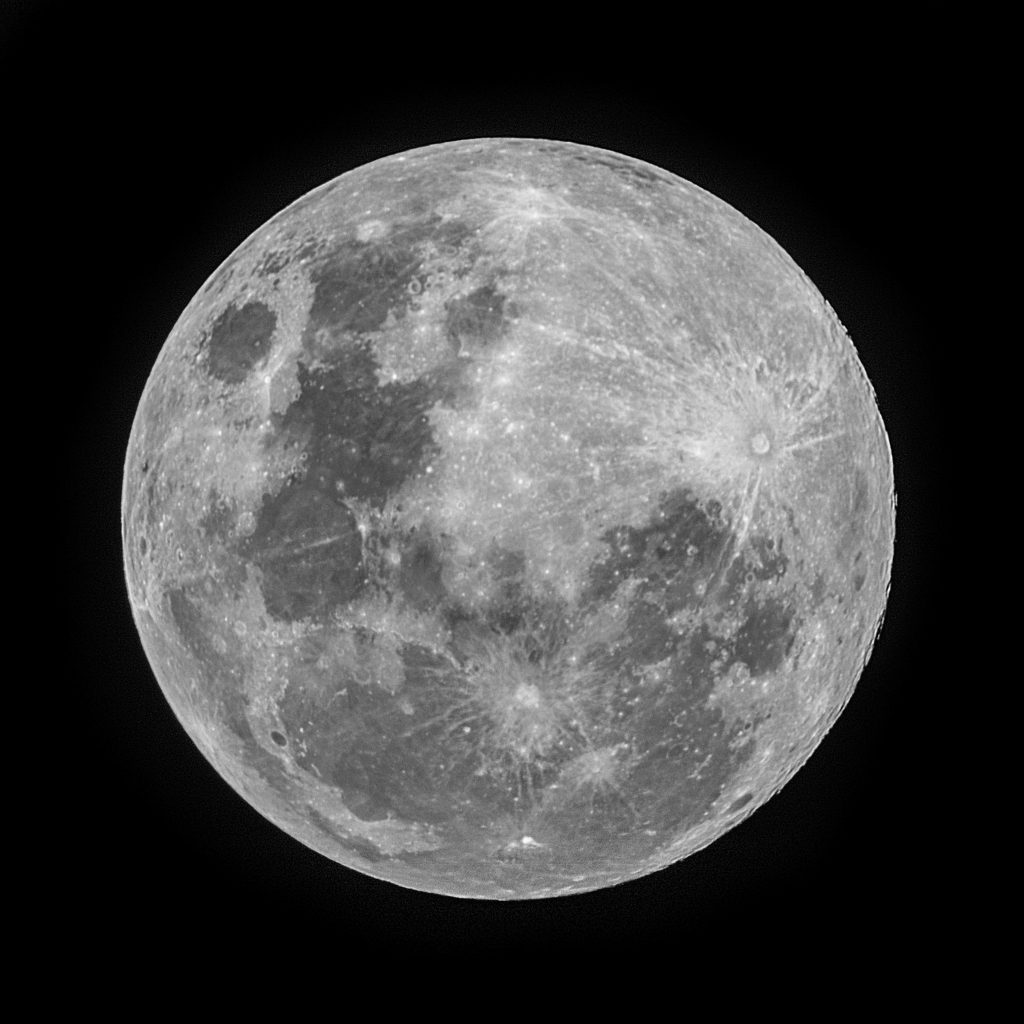
In a recent interview regarding the mission execution and objectives of Chandrayaan – 3, ISRO Chief S Somanath said, ‘…We are actually trying to find out the mineralogy of the Moon surface, we are trying to find out the thermo-physical character of the Moon surface, and we are also looking at the close atmosphere of the Moon surface…these are essentially the three zones of interest..’ S Somanath also remarked that these zones would give insights into the fundamental nature of the Moon, like the genesis of the Moon, how it came about, and information about its absent atmosphere.
That being said, the lander and rover are equipped with science payloads designed to perform experiments and analysis on the lunar surface. Now, let’s look into more detail about the scientific agenda of Chandrayaan – 3 and the scientific instruments that facilitate the objectives:
- Thermal and Physical Properties in the lunar environment
Within the Lander Payloads, ChaSTE measures thermal conductivity, temperature and other thermal properties near the polar region of the lunar surface.
- Lunar Plasma Environment
The RAMBHA – Langmuir Probe (LP), that is within the Lander of Chandrayaan – 3, measures the surface plasma and its variation on the lunar surface due to the incoming solar wind.
- Moonquakes on the Lunar Surface
The probable seismic activity on the lunar surface around the landing site is measured by the Instrument for Lunar Seismic Activity (ILSA) within the Lander Payloads of Chandrayaan – 3.
- Lunar Surface Chemistry
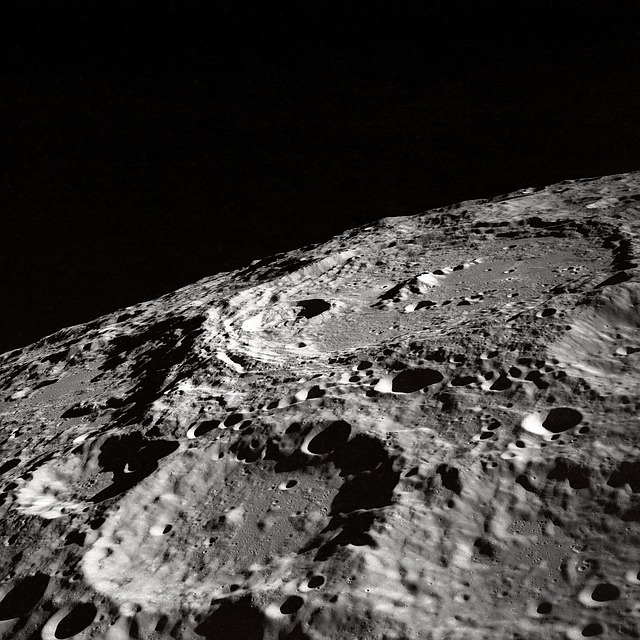
Image Credits: WikiImages
The Rover Payloads of Chandrayaan – 3 contain Alpha Particle X-ray Spectrometer (APXS) and Laser Induced Breakdown Spectroscope (LIBS) to derive and analyse the elemental composition of the Moon.
Apart from these scientific payloads, there is also the Laser Retroreflector Array (LRA) developed by NASA to observe the lunar dynamics. The propulsion module also carries an instrument (SHAPE) to study the spectral properties of the Earth, which will give insights into the study and detection of neighbouring exoplanets.
As the countdown begins for this monumental expedition of the nation, India eagerly anticipates the development and success of Chandrayaan-3, awaiting the extraordinary scientific revelations and advancements that will undoubtedly shape the future of lunar exploration and our understanding of the cosmos!
